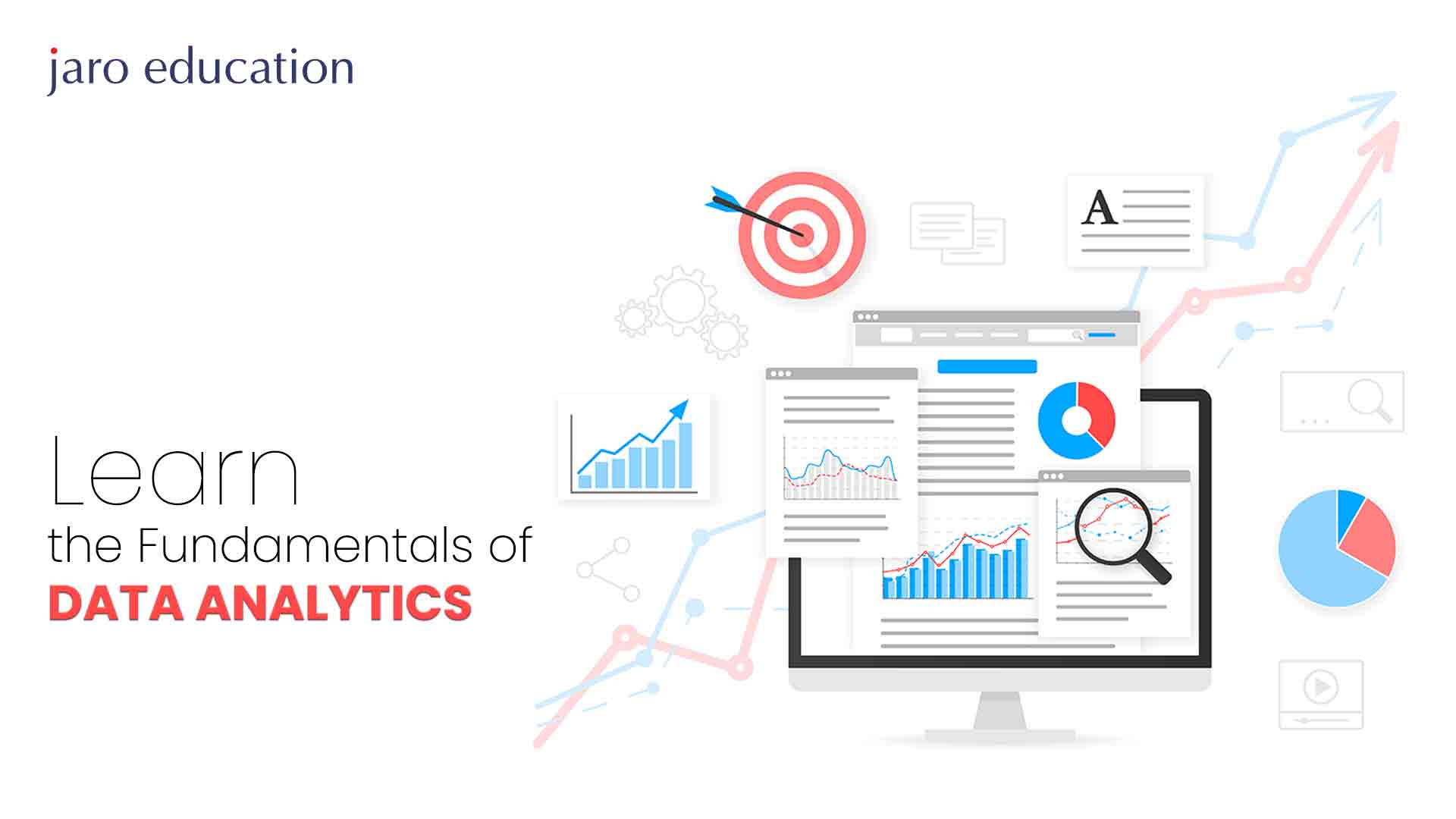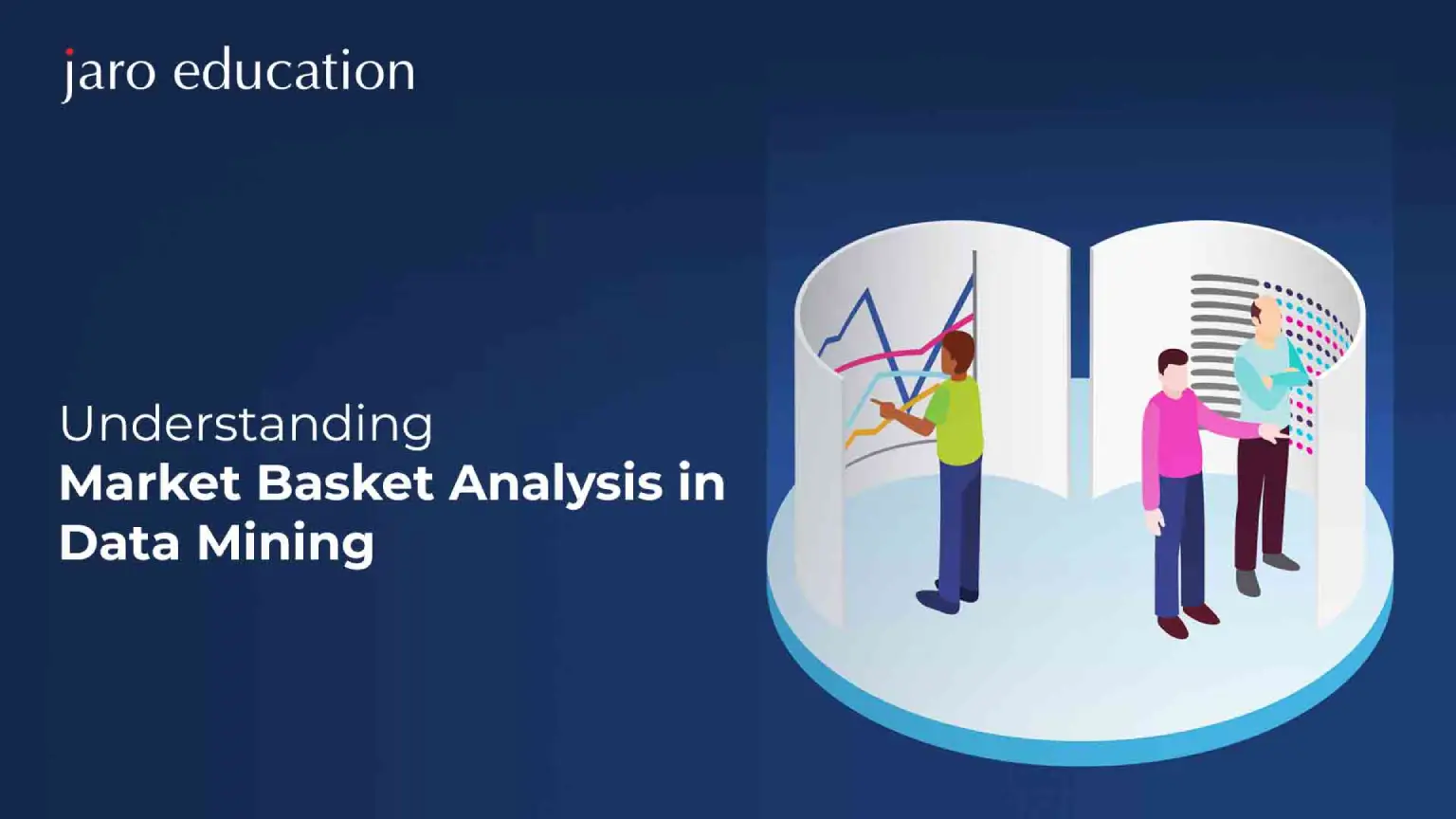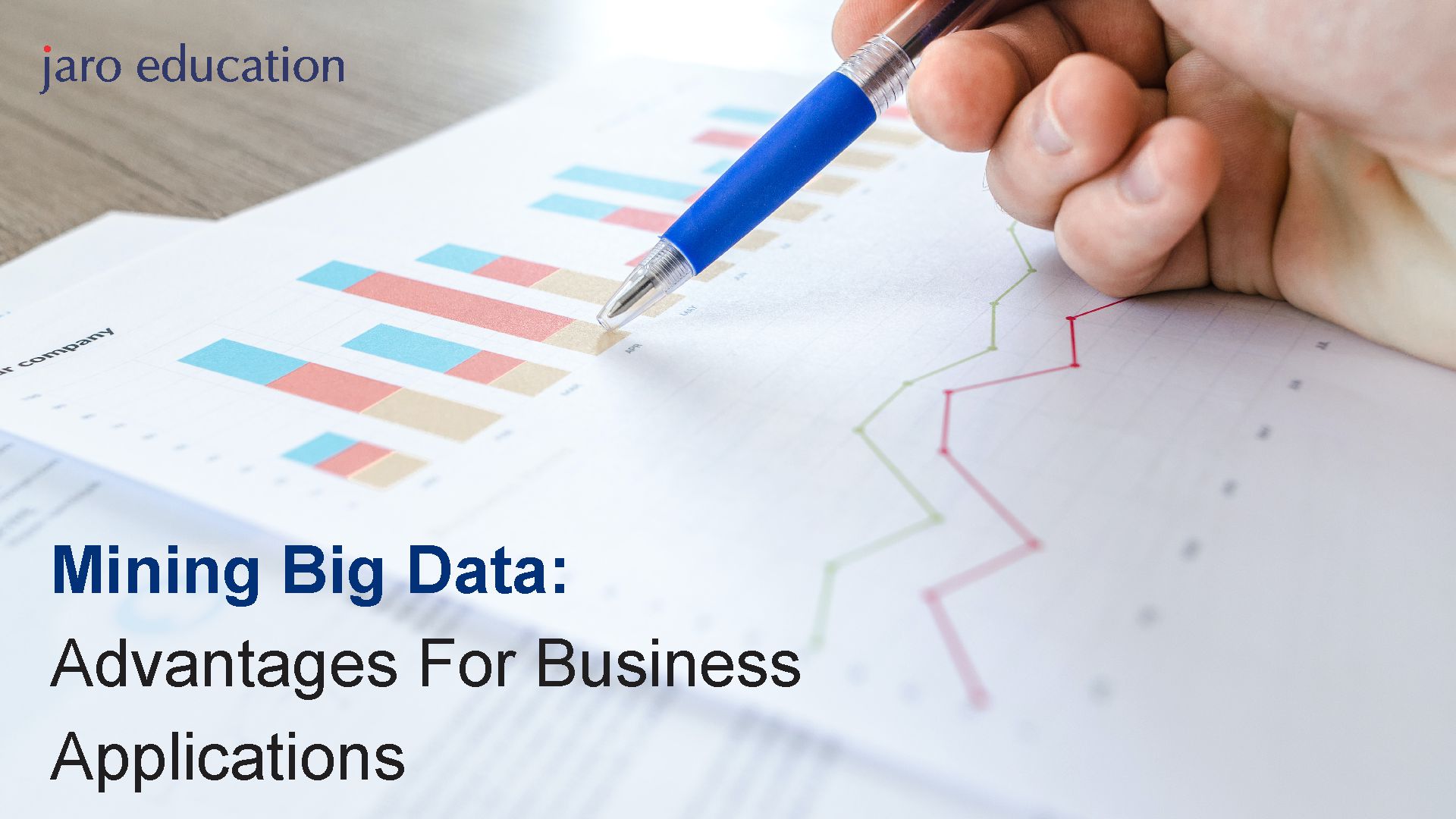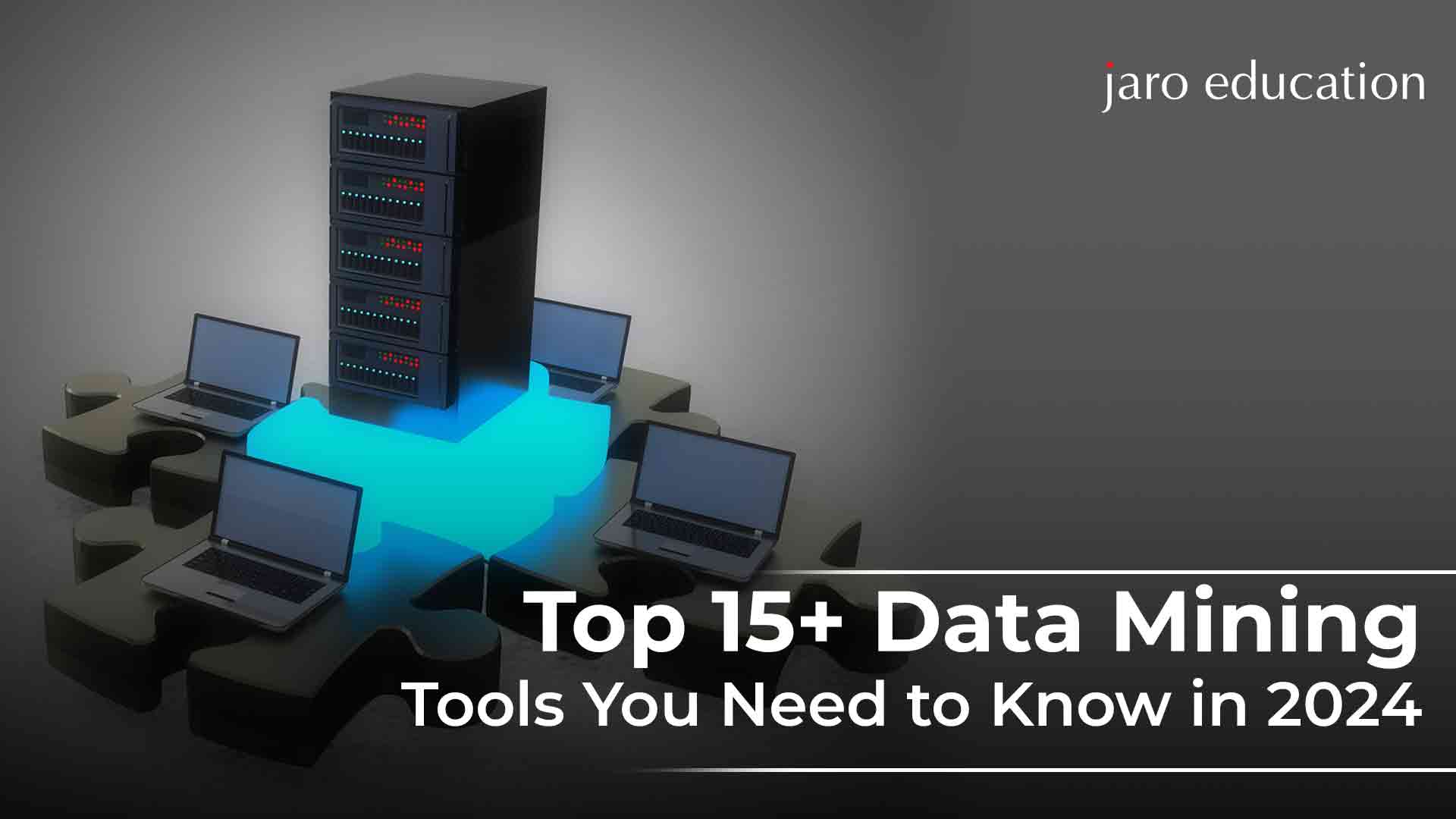
- jaro education
- 16, April 2024
- 2:00 pm
Introduction
The importance of data in the modern world is amplifying at a rapid pace. Today, data plays a pivotal role in almost every walk of life. With the emergence of online mediums, users are leaving a digital footprint that provides crucial insights. However, finding effective patterns and crucial information from these heaps of data is a challenging task.
This is where data mining tools come into the picture. These are dedicated software that scans through the haystack of information to find the needle you are looking for. But to maximise the potential of these tools, you need to employ the right one according to your domain and requirements.
So, in this blog, we will learn about the top 15+ data mining tools and their features for helping individuals and organisations.
Techniques/ Strategies of Power Electronics Control
Table of Contents
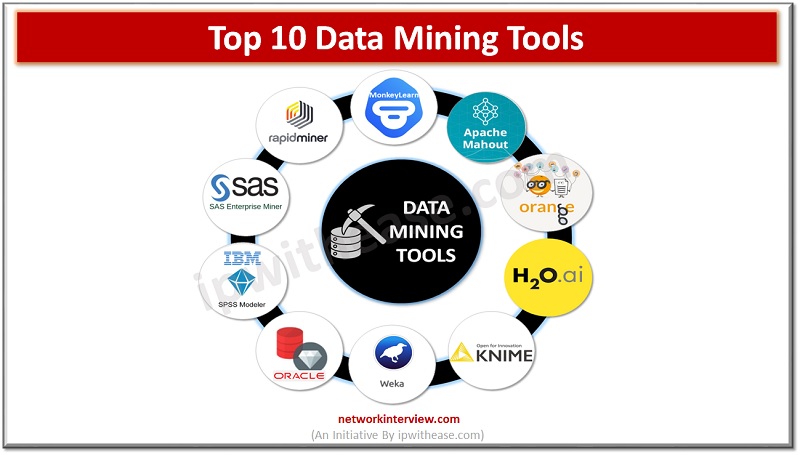
What is Data Mining?
Data mining is a technique of analysing and searching an extensive batch of raw data and then organising them into useful patterns and trends. Businesses use this technique to understand customers’ opinions, interests and purchase behaviours. Significantly, this technique has become useful for fraud detection, anomaly detection, spam filtering and cybersecurity. To achieve the desired results, it imposes different algorithms and statistical analysis, ML and AI techniques to organise and prepare data for business needs.
What are Data Mining Tools?
You need a reliable data mining tool to perform impactful data mining tasks. That’s why it’s essential to understand what is data mining tool. These tools guide you, the user, to select preferable algorithms for performing data mining tasks like discovering new trends and patterns, transforming raw data into usable information, and more.
The global data mining market in 2023 was valued at USD 1.01 billion, as per reports from Fortune Business Insights.
Why Do We Need Data Mining Tools?
As a professional, dealing with large amounts of data presents different challenges. The primary one is sorting and classifying them. Since this is a time-consuming process, having the right helping hand is necessary.
So, you need data mining tools to give you relief and lower your burden of managing and organising data. Here are some of the reasons why they are so highly regarded in the industry –
- Refine the raw and scattered data into useful ones and organise them by eliminating the chaos.
- Most data mining tools have an easy-to-use GUI and simple drag-and-drop functionalities. This makes the UI of these platforms useful for both technical and non-technical users.
- The dashboards of these tools provide accurate results and better insights into data.
- Moreover, these tools simplify the visual representation of data using tools like bar charts, trees, dendrograms, scatterplots and more.
- Most of these tools support fast delivery with fewer errors.

*researchgate.net
Top 16 Data Mining Tools for 2024
Here is an overview of the leading data mining tools for you to get an understanding –
Oracle Data Mining
Oracle Data Mining is one of the most powerful and reliable data mining tools. This tool helps to implement data mining capabilities within the Oracle Database. Also, one can build and deploy descriptive data mining applications and add route capabilities to the existing applications.
Features
- It includes an extensive set of in-database algorithms used in machine learning tasks such as classification, anomaly detection, clustering, regression, market-based analysis, and more.
- Oracle Data Mining uses PL/SQL API and SQL functions as interfaces. PL/SQL helps build and maintain data mining models, while SQL functions perform clustering, feature extraction, and prediction.
- This platform generates results based on current data. Therefore, users can expect refreshing and relevant results.
IBM SPSS Modeler
The SPSS Modeler was originally invented and owned by SPSS Inc. Later it was acquired by IBM. Today, IBM SPSS Modeler is used for data preparation, predictive analytics, model management, model deployment, machine learning (ML), monetising data assets and more. This tool is available in two packages – IBM SPSS Modeler Premium and IBM SPSS Modeler Professional.
Features
- This data mining platform automatically converts data into the best format, which helps to create accurate predictive modelling. With this model, you can identify errors, analyse data, and derive new attributes with a few clicks.
- IBM SPSS Modeler supports multiple ML algorithms and methods such as decision trees, regression models and neural networks. Additionally, allows vector machines, temporal causal modelling, function transfer with predictors, and more.
- This platform’s smart chart recommender finds a suitable chart for organising data, sharing insights and creating visualisations.
SAS Enterprise Miner
SAS Enterprise Miner is one of the best data mining tools that supports quick model development with powerful predictive modelling techniques. Specifically, this tool becomes helpful for the users and subject matter experts with less statistical knowledge. Its user-friendly GUI steps come with the data mining tasks workflow. As a result, users can easily build the data models.
Features
- It offers several techniques for data preparation, exploration and summarisation. The techniques include outlier filtering, data partitioning, segment profile plots, interactive variable binning and more.
- The assessment features of this platform guide the comparison of different models using statistical diagnostics, ROI metrics and curves.
- It offers an automated scoring process for different types of real-time/batch environments.
RapidMiner
RapidMiner presents end-to-end solutions for data science and helps to dilute the challenges of the data mining process. Thus, it offers sophisticated methods and algorithms for organisations to work with data science technology. Its no-code or code-friendly strategy encourages the users to build and deploy models within a secured environment. This platform is suitable for both industry experts and novices.
Features
- With automated solutions, this platform eases data mining tasks and produces clean and error-free data sets within seconds. As a result, users don’t need to wait long hours or days to get the results.
- RapidMiner rationalises model creation with different approaches, such as automation, visual and code-based. Additionally, this platform’s ML solutions support training, evaluating and deploying prescriptive and predictive models.
- This platform detects anomalies, outliers and trends within seconds and shares the results in the organisation’s dashboard. As a result, it smoothens the decision-making process and protects a business from costly errors.
KNIME (Konstanz Information Miner)
KNIME, the open-source data science platform, allows users to create data flows with visual approaches. Then, it offers to inspect the results with interactive models and views. It streamlines regular and repetitive manual data mining tasks with no-code/ low-code automation. Also, it supports building and sharing reusable workflows within an organisation.
Features
- KNIME includes automation testing, validation, model deployment and administrator access for IT and ML operations.
- Data experts can access popular AI/ML libraries through an open-sourced system, create custom KNIME nodes, collaborate, share and more.
- The domain experts gain insights independently without an IT team, automate complex manual procedures, work with large datasets without coding and more.
Orange
Orange is one of the top data mining tools. It also incorporates machine learning and data visualisation features. Orange’s user interface offers qualitative data analysis with dynamic data visualisation. This platform’s Scoring Sheet offers a simple scoring system to produce extensive machine-learning predictions.
Features
- The specialised add-ons of this platform guide the performance of natural language processing, text mining, network analysis, associated rules mining, etc.
- It allows advanced users to write Python scripts.
- The users can place and connect its pre-built widgets on the canvas to build extensive data analysis schemas.
Teradata
Teradata confirms its place among the best data mining tools due to its enterprise-level data warehouse for data management and mining. It appears with qualitative cloud analytics and trusted AI/ML. It can differentiate between ‘hot’ and ‘cold’ data. The data here retrieves insights from business-related information like customer preferences, sales and product positioning.
Features
- Teradata helps business leaders to make data-driven decisions and implement better resource management.
- The data scientists can choose their preferred tools to make innovation with zero data movement.
- Teradata AI Unlimited offers a server-less environment in which to access and work with data.
Rattle
Another open-source and free data mining tool gives the scope to enhance the strong computing abilities of the R programming language. The built-in code tab of this GUI-based platform supports users in duplicating codes for GUI tasks and reviewing the code.
Features
- It offers a huge set of data mining functionalities and ML algorithms. A simple GUI allows both beginners and experienced users to access these algorithms.
- This platform’s cutting-edge data visualisation features include histograms, bar charts, box plots and more.
- It incorporates many tools to simplify the process of ML model evaluation.
WEKA
WEKA is an excellent tool for data visualisation, predictive modelling and data analysis. It was built by the University of Waikato, New Zealand. It supports several standard data mining techniques like visualisation, classification, clustering, etc. It allows access to the database through Java Database connectivity.
Features
- WEKA has a set of operations within the filter category to clean the raw data and make it understandable. The operations here are ‘RemoveRange’, ‘NominalToBinary’, etc.
- It simplifies data classification with options like ‘use training set’, ‘cross-validation folds’, ‘percentage split’, etc.
- This platform includes an FPGrowth algorithm, FilteredAssociator and Apriori for data association.
Qlik
Qlik provides different tools for data mining and analytics. It has two types of solutions – QlikView and Qlik Sense. QlikView includes an interface to automate data association and a powerful search tool for data analytics. Qlik Sense has amazing frameworks for data visualisation and analytics for both the data experts and the non-data experts.
Features
- Qlik includes a scalable in-memory engine to handle data mining tasks.
- Qlik Cognitive Engine provides suggestions to identify trends, patterns and behaviour with the help of machine learning.
- It integrates several data sources and applications.
Apache Mahout
Apache Mahout was built to perform data mining tasks like data clustering, filtering and classification. It is written in Java and includes Java libraries to guide domain professionals.
Features
- It was designed to handle large-scale data processing projects with Spark and Hadoop. Specifically, this platform becomes helpful for big data ML projects.
- It allows the users to insert custom algorithms and steps to fulfil their requirements.
- It has integrations with the elements of the Hadoop ecosystem like HBase and HDFS to simplify the project’s retrials and data storage.
H2O
Being an open-sourced ML platform, it helps create ML models and facilitates their deployment. It also becomes useful for predictive analytics designs for memory-based operations. Originally written in Java, this platform supports accessibility through R, Scala and Python APIs.
Features
- It supports almost every major ML algorithm. Moreover, it supports automated ML for hyperparameter tuning and model selection.
- H2O has easy deployment for the scoring models in the production phase.
- It allows integration with Hadoop, Tableau and Spark.
Data Melt
Data Melt or DMelt, one of the best data mining tools with extensive libraries, ensures hassle-free data mining. Being written on Java, it runs on a Java Virtual Machine (JVM) compatible OS. Specifically, it’s used for large data mining projects in financial markets and other commercial usage.
Features
- DMelt has 700+ examples of data visualisation and numeric computation.
- It can fabricate high-quality vector graphics, which can be used for several text processing systems like Latex.
- It incorporates 50000 + Java classes for coding in Java, Python, JRuby and Groovy.
MonkeyLearn
MonkeyLearn is an ML platform that supports text mining. It simplifies the process of obtaining the feasible data from the raw data. It offers a user-friendly interface to perform the tasks of text mining instantly. Moreover, it has in-built text mining models, such as a sentiment analyser, to cater to customised solutions.
Features
- Users can perform text mining tasks like topic detection, sentiment analysis, keyword fetching, and more.
- The text mining tools of this platform have automated negative feedback detection from social media, routing and ticket tagging for customer support and more.
- It has a customised data visualisation dashboard – MonkeyLearn Studio to detect patterns and trends.
Python
Python proves itself to be a robust programming language and data mining platform. It occupies several powerful libraries to perform data science tasks such as – TensorFlow, Pandas, SciPy, NumPy and more. Each library has a unique set of features to fulfil customers’ requirements for data mining.
Features
- TensorFlow reduces 50%-60% of errors in neural ML. This library becomes useful for speech and image recognition, video detection, text-based apps, and more.
- NumPy supports a powerful array-oriented computation with N-dimensional array objects.
- Pandas or Python data analysis is used for data wrangling, data cleaning ETL (extract, transform, load) tasks and more.
Kaggle
Kaggle is a platform for competing and building data science and ML projects. It allows users to create AI models, publish datasets and collaborate with data scientists and engineers, and more. The major object of this platform is to feature data science competitions where participants can solve data science problems and build models.
Features
- It has a huge community of data enthusiasts, ML engineers and scientists to connect, collaborate and share more ideas with users.
- This platform provides a huge resource for learning data science.
- The competitions and datasets of Kaggle are useful for market research, testing and improvement of ML algorithms.
Conclusion
The demand for data science professionals and data mining skills is rising daily. The right data mining skills help individuals perform and execute data mining operations proficiently. Also, it’s essential to choose the right data mining tool to overcome and solve the challenges of data mining techniques and fetch the right information.
To learn more about data mining and understand the career path it offers, enrolling in a world-class computer application course is the way forward. In this regard, you can consider enrolling in the Master of Computer Applications (AI) from Amrita Vishwa Vidyapeetham. The carefully curated course will take you through the fundamentals and advanced concepts of data mining to prepare you for the professional world ahead. For more details on this course, contact Jaro Education.
FAQs
Q1. Why is it important to choose the right data mining tool?
There are numerous data mining techniques and methods, and associated tools to streamline the process. So, it is important that you select the right one as per your requirements to avoid delays and interruptions in finding the data.
Q2. Which data mining tool is the easiest?
Python is the easiest data mining tool.
Q3. What are the different types of data mining?
There are two types of data mining – predictive data mining and descriptive data mining.
Q4. Which is the best data mining tool?
These data mining tools are the best for each category:
- Oracle Data Miner – oracle database
- Apache Mahout – distributed data mining
- IBM SPSS Modeler – statistical analysis
- SA Enterprise Miner – data analytics
Q5. In which sector is data mining used?
Data mining is used for risk management, fraud detection, cyber security and other critical business areas. Industries such as finance, healthcare, mathematics, scientific research, etc., use this technology to streamline operations and better serve customers.
Q6. What are the techniques of data mining?
The popular techniques for data mining are classification, clustering, association, prediction, Artificial Neural Network (ANN) classifier method, regression and outlier detection.

